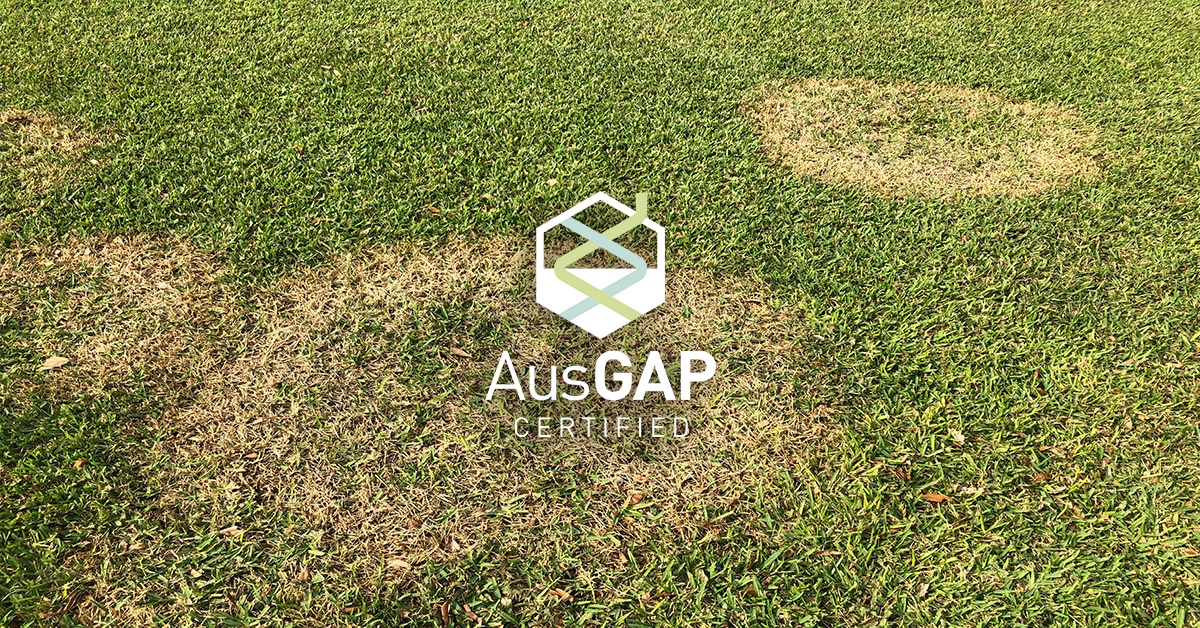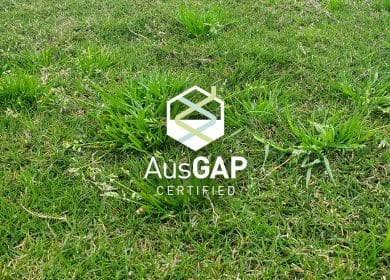Turfgrass management practices effects on turfgrass disease

Turfgrass is an essential component of many landscapes, from sports fields to residential lawns. It provides a functional, aesthetic surface for recreation, reduces erosion, and helps to regulate the local climate. However, in order to maintain healthy turf, proper management is crucial. Unfortunately, improper management can also lead to the development of diseases that can damage or decimate the grass. In this blog, we will explore various turfgrass management practices and their effects on turfgrass disease.
What is turfgrass disease?
Turfgrass disease is an umbrella term that refers to various diseases that can affect turfgrasses. There are numerous types of turfgrass diseases, and each one affects different species of grass in different ways. Some of the common diseases include:
- Brown Patch: infected areas of turf display circular patches of brown foliage up o 60cm across, often with healthier looking turf in the centre and a smoky grey-brown outer halo.
- Dollar Spot: Infected swards exhibit small, dollar sized deep sunken patches. Patches can develop rapidly under optimum conditions and can destroy large areas of turf. Hourglass shaped lesions can be observed across blades.
- Winter Fusarium: this pathogen causes water soaked irregular shaped yellow to tan patches, often turning purple at the margins. In moist, humid weather white to pink mycelium can be observed on the turf.
- Grey Leaf Spot: In warm season host species this pathogen causes grey lesions with a dark brown margin. In cool season host species, they appear as water-soaked lesions, which quickly result in necrosis of tissue and blight
- Fairy Ring: Depending on the species, this disease may cause large rings of lush green growth to occur on infected turf or may result in rings of mushrooms.
These diseases are caused by various fungal pathogens that thrive in specific environmental conditions. Symptoms of turfgrass disease can include discoloration, wilting, and the presence of fungal spores or mycelia on the grass blades.
How do turfgrass management practices affect turfgrass disease?
Turfgrass management practices can have a significant impact on the incidence of turfgrass diseases. In order to minimise the risk of disease, it is important to maintain proper cultural practices, such as proper mowing, fertilisation, and irrigation, to maintain healthy and disease-resistant turfgrass.
Watering
One of the most important aspects of turfgrass management is watering. Overwatering can lead to an increase in disease development by promoting a favourable environment for disease-causing pathogens. Conversely, under watering can lead to drought stress, making the grass more susceptible to disease. It is important to take into account your soil profile, drainage and water requirements of the turf to ensure a balance and water the grass deeply and infrequently to promote healthy root development. In addition, it is best to water early in the day so that the grass has time to dry out before nightfall, which can prevent the development of fungal diseases.
Mowing
Mowing is another important aspect of turfgrass management. If you are mowing too low it can remove too much leaf tissue, leading to stress and an increased risk of disease. Mowing too high can lead to an increase in thatch, which can provide a suitable environment for disease-causing pathogens. It is best to mow the grass to the recommended height for the specific species while also not removing more than one third of the leaf blade at a time. Additionally, it is important to maintain a sharp mower blade to avoid tearing the grass, which can increase the risk of disease development.
Fertilisation
Fertilisation is considered an essential practice of turfgrass management. Applying too much fertiliser can lead to an increase in thatch, which can provide a suitable environment for disease-causing pathogens. Applying too little fertiliser can lead to a lack of nutrients, making the grass more susceptible to disease.
Soil pH
The soil pH can have a significant impact on the health of the turfgrass. A pH that is too high or too low can limit the availability of certain nutrients, leading to stress and an increased risk of disease. It is important to have the soil tested regularly and to amend it as necessary to maintain a pH between 6.0 and 7.5.
Thatch Management
Thatch is a layer of dead and living grass stems and roots that accumulates on top of the soil. While a small amount of thatch can be beneficial, an excess can lead to an increase in disease development. It is important to manage thatch through regular dethatching, aeration, and mowing to ensure optimal turf health.
Traffic Management
Heavy traffic can cause compaction of the soil, reducing air exchange and leading to increased disease risk. In high-traffic areas, it is important to take measures such as aeration or topdressing to alleviate soil compaction and reduce disease risk.
Turfgrass Species Selection
The choice of turfgrass species can also have a significant impact on disease susceptibility. Some species are more disease-resistant than others, so it is important to choose a species that is well-suited to the local climate and soil conditions. Additionally, it is important to consider the intended use of the turfgrass, as some species are better suited to high-traffic areas than others.
How does it spread?
Turfgrass disease spreads through various methods, including wind, water, and soil-borne pathogens. For instance, wind can carry fungal spores from infected to healthy grass, while water can help spread fungal growth and spread the disease throughout the field. Soil-borne pathogens are able to infect grass through the roots. Turfgrass disease can spread through improper turfgrass management practices or machine/equipment contamination.
Proper turfgrass management is crucial for maintaining a healthy and attractive lawn. By following the turfgrass best management practices, you can reduce the risk of disease development. However, even with the best management practices in place, diseases can still develop. In these cases, it is important to understand treatment and recovery methods to ensure optimal turf health in the long term.


